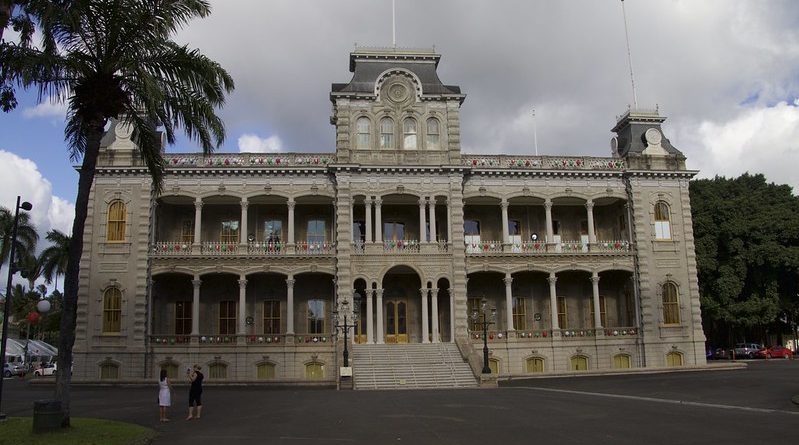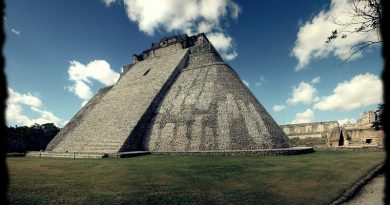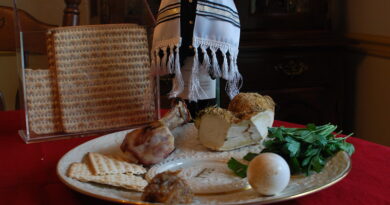The Iolani Palace: Hawaiian royal site
The Iolani Palace in Honolulu was the royal residence of the rulers of the Kingdom of Hawaii and served as the official residence of the Hawaiian monarchy until the 1893 overthrow of the Kingdom of Hawaii.
The building itself is a formidable piece of Hawaiian renaissance architecture, a building style that was based on imported Western styles and combined with unique Hawaiian features reflecting the history of the islands from antiquity through to the kingdom era, from territorial years to statehood; a fusion-architecture so to speak that always remained pure in its Hawaiian spirit.
It features architecture seen nowhere else in the world, a style also known as American Florentine; a grand hall in the entrance faces a majestic staircase of koa wood, ornamental plaster decorated the interior. Downstairs a throne room, a dining room, a blue room featuring a portrait of King Louis Philip of France and a koa piano; upstairs a private library and the bedrooms of the monarchs.
Located in downtown Honolulu, just minutes from iconic Waikiki Beach, the cornerstone of the royal palace was laid on 31 December 1879, with full Masonic Rites. Its predecessor building had been razed to the ground due to its poor condition – a new palace was needed to enhance the prestige of Hawaii overseas and mark her status as a modern nation. David Kalakaua, the Merrie Monarch, had travelled across Europe and seen the pomp and glory of European monarchy – his dreams of a palace befitting a sovereign Hawaiian state took wings.
English architect Thomas J. Baker designed its structure; architects Isaac Moore and Charles Wall added the details. It cost a mere fortune to construct this two-storey building over a raised basement. In February 1883, a formal European style coronation ceremony was held, though Kalakaua had been reigning for 9 years by then already. Local builders and artisans hammered away until the building was complete enough by August 1882 for King David Kalakaua to hold a luncheon, before taking up residence in December of that year with his Queen Kapiolani. It became known as House of the Chief, Hale Alii.
The Hawaiian King took quickly to Western technology and comfort: indoor plumbing and gas chandeliers were installed when the Palace was first built and were quickly replaced with electric lighting five years later – only seven years after Edison had invented the fist practical incandescent bulb. A modern communication system in form of the recently invented telephone quickly followed, and Iolani Palace was way ahead of the White House in terms of modernisation. The land that Iolani Palace stands on had always been known as an ancient temple, heiau, in the oral tradition of the indigenous Hawaiian people.
In 1844, Royal Governor of Oahu Mataio Kekuanaoa had built a large home here first as a gift to his daughter Princess Victoria, who was expected to rule at some stage in some capacity. In 1845, King Kamehameha III bought and used as his Royal Residence after moving the capitol of the kingdom to Honolulu. It was built as a traditional ali’i residence, which could only contain ceremonial spaces but without bedrooms. One throne room, a reception area and a state dining room constituted the residence that would later become the royal Iolani Palace. Sleeping areas were built adjacent to the actual palace. Only Kamehameha V changed the name to Iolani Palace in honor of his late brother and predecessor. Io is the Hawaiian hawk, a bird that flies higher than all the rest, and loni means royal or exalted, so it literally translates to Iolani = royal hawk.
King Kamehameha I had formed his official government at Lahaina, Maui, in 1802, where he had built his royal palace. The Lahaina Palace remained the seat of the government under the first three Kamehameha monarchs until 1845, when Honolulu became the royal court. Iolani Palace became the Seat of Government while a territory and it was called ‘The Capitol of the Territorial Government’. It would also serve as the first state capitol building. This architectural masterpiece bridged the ancient history of Hawaii with the new 19th century monarchy and serves today as a reminder of a Kingdom lost through shrewd Western business techniques and greed. It is the only official royal state residence on US soil.
Iolani Palace shows that not everything of the Kingdom is lost. Traditions have been kept, artefacts have resurfaced and descendants diligently look after sacred places to keep the Hawaiian monarchy alive in their own way:
The Royal Mausoleum
The Royal Mausoleum of Hawaii is known as Mauna ‘Ala (Fragrant Hills) in the Hawaiian language and is the final resting place of two prominent dynasties: the Kamehameha Dynasty and the Kalakaua Dynasty. The only King not to be found here is the King Kamehameha I, whose powerful spirit and bones remain hidden on a place on the Big Island.
The mausoleum is also a tribute to the transition of the monarchy to Christianity back in the days of King Kamehameha’s mother, Queen Ka’ahumanu; it features a beautiful little chapel with Gothic architecture on one hand and big family tombs on the other. The caretaker job has been handed down for generations within the descendants of the royal families. The mausoleum is the only place, next to Iolani Palace and Pu’ukohola Heiau (Temple), where the Hawaiian royal flag can be flown without the star spangled banner of the United States next to it.
In a workshop, not far from the Iolani Palace, ‘Aunty Mele’ and ‘Aunty Paulette’ run a workshop called Na Lima Mili Hulu No’eau, where they teach their knowledge and share their legacy of ancient royal featherwork ‘Aunty Mary Lou’, who learned the feather work in the 1950s and has been working tirelessly since to keep the most colourful of royal Hawaiian legacies alive, opened the workshop years ago.




